Pathways to Sustainable Recovery
Summary
Despite efforts to improve community resilience to disasters, over the past 25 years the number and economic impact of disasters has increased each year and there has been little research into what conditions enable a community to recover after a disaster. Understanding the causal conditions that lead to recovery is fundamental to improving a community’s ability to recover after a disaster. This research seeks to transform our understanding of recovery by analyzing comparative cases using a multi-method approach to determine what pre-disaster factors and recovery strategies, combined or in isolation, lead to successful post-disaster recovery. Specifically, this research:
identified recovery indicators and important causal conditions for community recovery across multiple disciplines
measured causal conditions and recovery indicators for villages in India impacted by the 2004 Indian Ocean tsunami
analyzed the pathways of causal conditions that led to recovery in the case study communities
This research builds a comprehensive theory of pathways to recovery following a disaster by linking pre-disaster measures of causal conditions to recovery outcomes. The results of this study support community planners in prioritizing and focusing their efforts on the causal factors that best strengthen the community’s ability to recover from a disaster. It also contributes to the development of a disaster recovery framework which can be expanded through future research.
Funding
National Science Foundation (NSF) Division of Civil, Mechanical, & Manufacting Innovation (CMMI)
College of Engineering and Applied Science Dean’s Graduate Assistantship
Mortenson Center for Engineering for Developing Communities Graduate Research Assistantship
Research Questions
What indicators can be used to measure recovery at the community level?
What indicators of community resilience and vulnerability are important?
What combinations of pre-disaster community factors and post-disaster actions lead to successful recovery?
Database
We encourage use of our methods for expansion and validation of the findings. In addition, if you would like access to the database from our studies in India, which contains transcripts, the data set, and truth table, please contact: amy.javernick@colorado.edu.
Research Methods
Answering these questions requires a multi-method approach, outlined in the figure below.
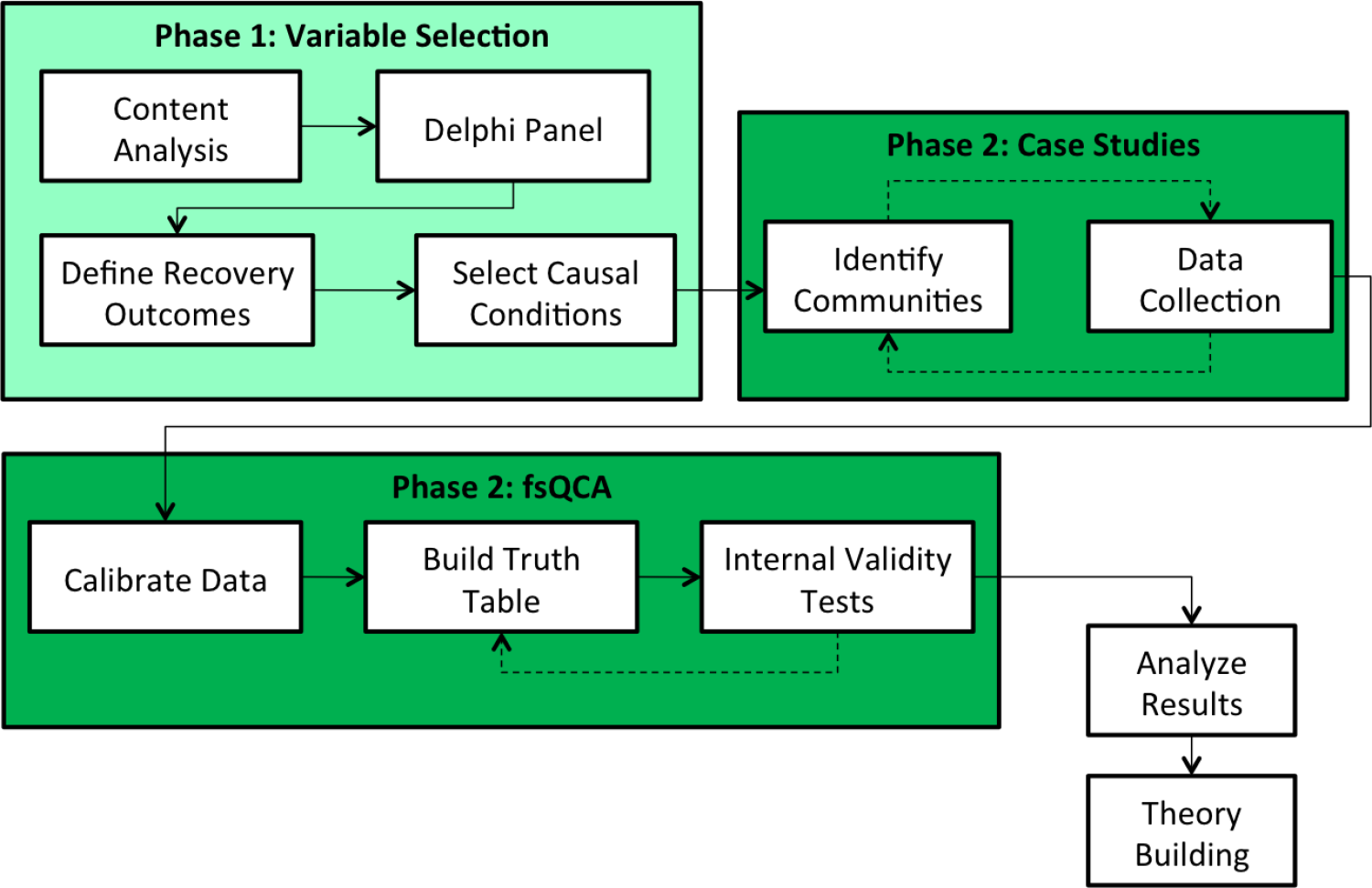
Phase 1: Variable Selection
| Economic | Infrastructure | Institutional | Social | Recovery Strategy |
|---|---|---|---|---|
|
|
|
|
|
| Economic | Environmental | Infrastructure | Social |
|---|---|---|---|
|
|
|
|
Phase 2: Data Collection and Analysis
2004 Indian Ocean Tsunami Recovery in Tamil Nadu, India
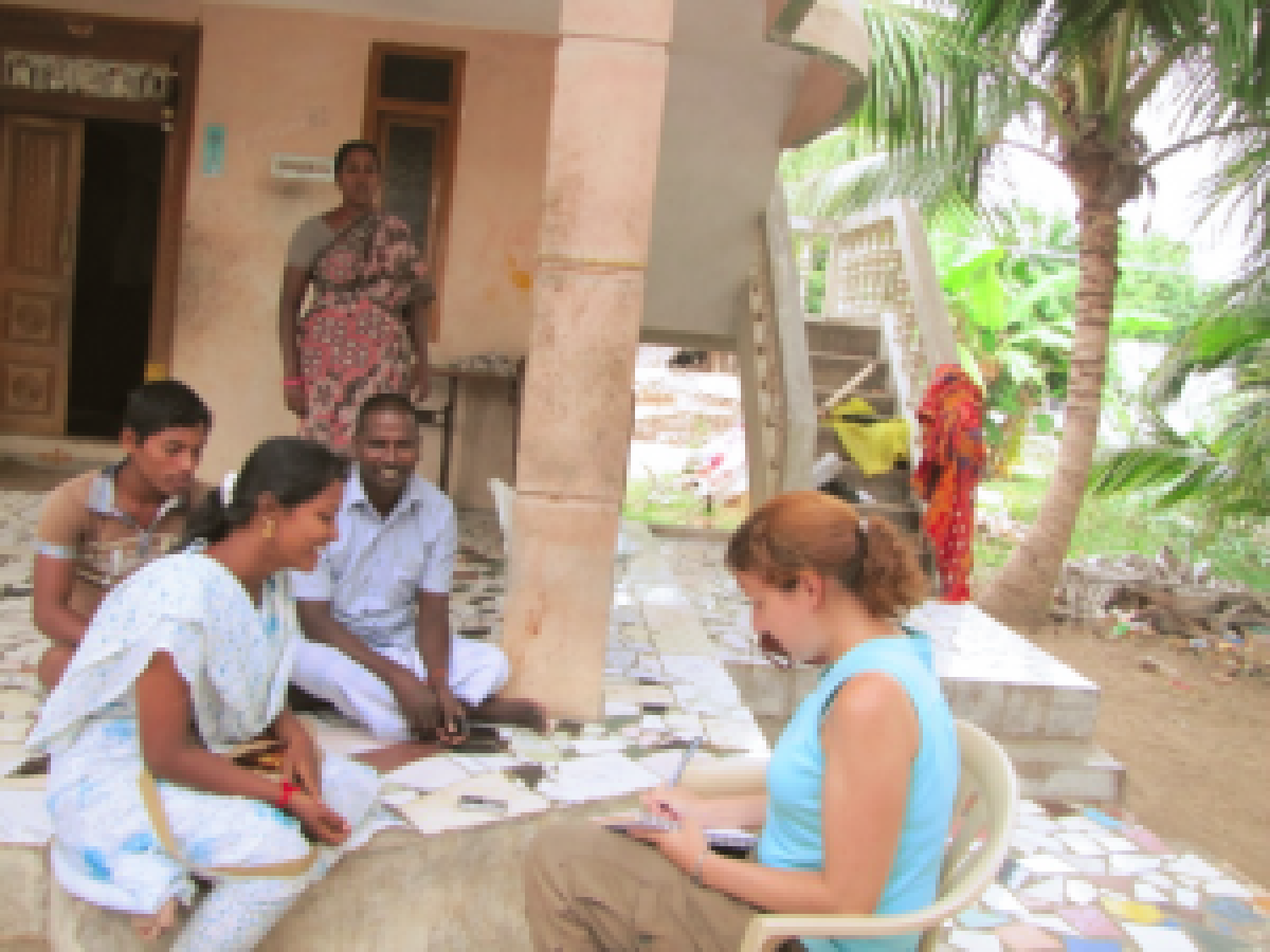
- Building and Enabling Disaster Resilience of Coastal Communities (BEDROC) , Nagapattinam
- Rural Education and Action for Liberation (REAL), Pondicherry
In each village we used semi-structured interviews to obtain information from community leaders and community members about the pre-disaster conditions in the village, the recovery process and recovery outcomes. In total, 106 interviews were completed. Unless the respondent objected, all interviews were recorded and then transcribed. In addition, we took detailed field notes including interview notes and observations.
Findings (India)
Infrastructure Recovery Results
We assessed the current status of infrastructure in each community, including:
Housing (type & quality)
Water
Wastewater removal
Toilets
Roads
Transportation
Electricity
8 of the 15 communities achieved infrastructural recovery, but the achievement of different aspects of infrastructure varied.
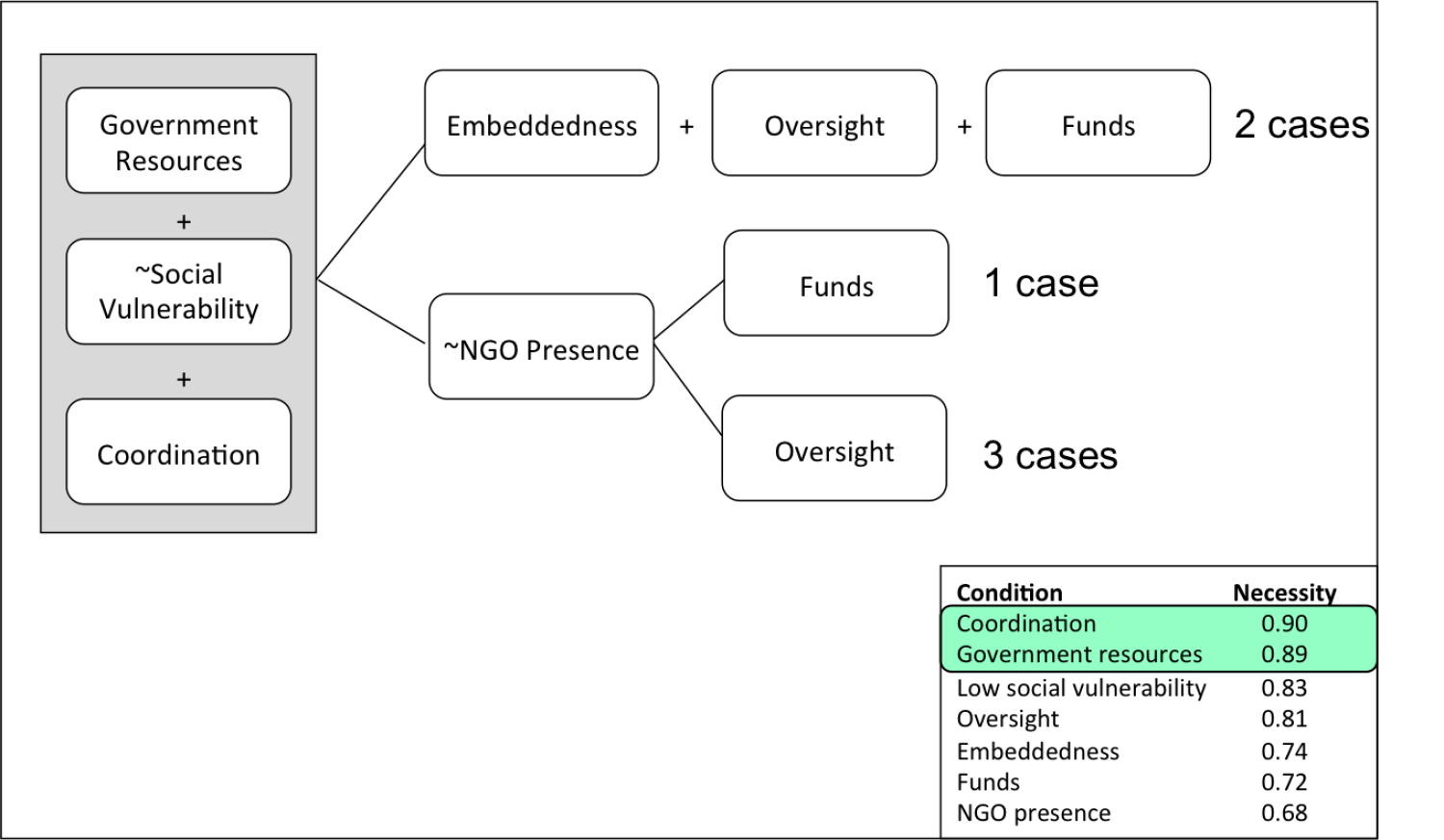
Social Recovery Results
Social recovery based on: Community amenities (as compared to pre-tsunami)
Population return
Perceived quality of life
Social ties
Equity
10 of the 15 communities had successful social recovery.
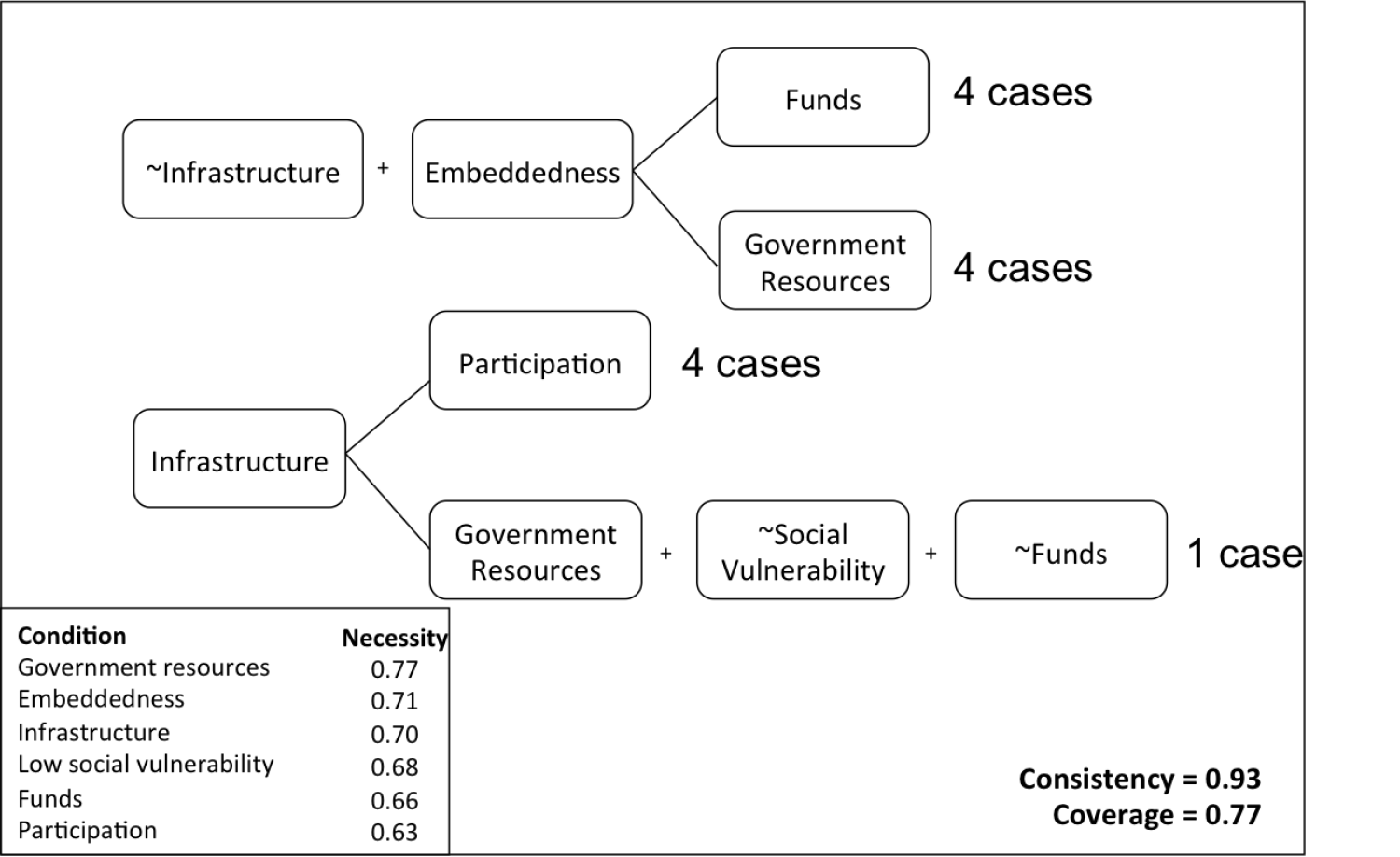
Combined Social, Infrastructure, and Economic Recovery Results
Five communities achieved social, infrastructure, and economic recovery.
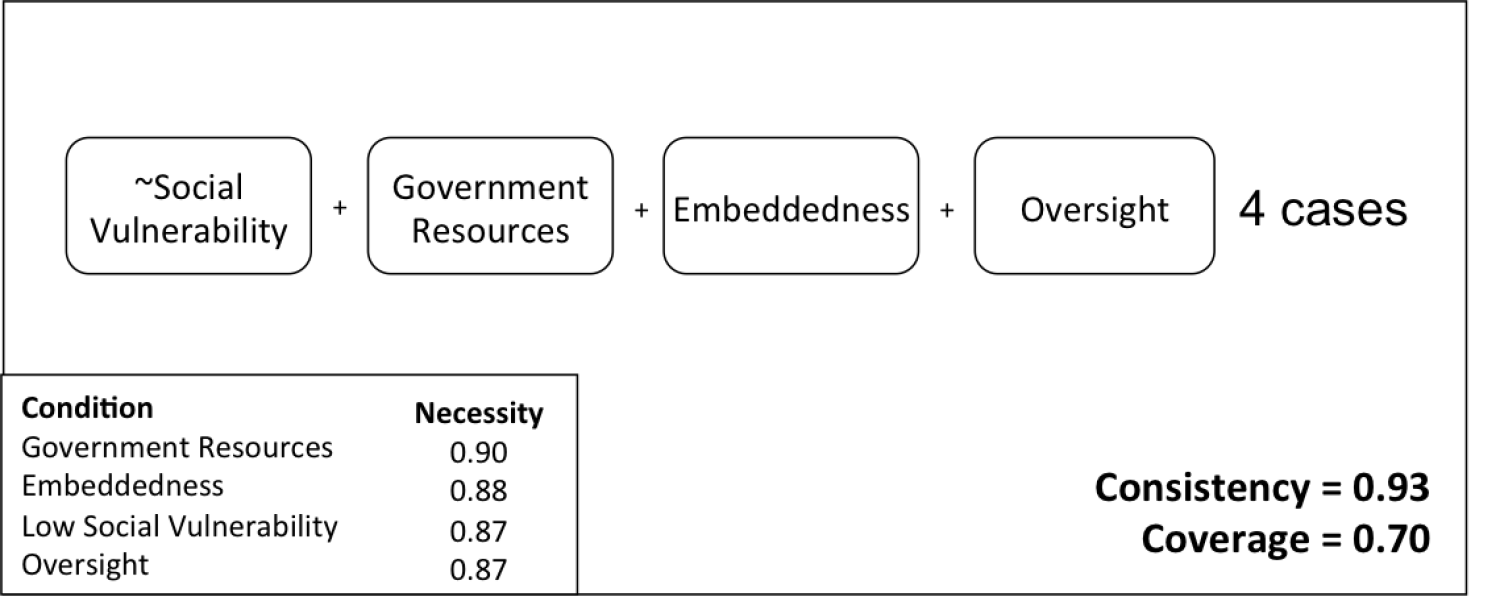
Articles
Jordan, E. and Javernick-Will, A. (2014). “Determining Causal Factors of Community Recovery.” International Journal of Mass Emergencies and Disasters. 32 (3), 405-427.
Jordan, E., Javernick-Will, A., and Amadei, B. (2014). "A Qualitative Comparative Analysis of Neighborhood Recovery Following Hurricane Katrina." International Journal of Disaster Resilience in the Built Environment. 5 (4), 391-412. doi: 10.1108/IJDRBE-03-2013-0006
Jordan, E., Javernick-Will, A., and Amadei, B. (2015). “Post-Disaster Reconstruction: Lessons from Nagapattinam District, India." Development in Practice. 25 (4), 518-534. doi: 10.1080/09614524.2015.1028334
Jordan, E. and Javernick-Will, A. (2015). “Pathways to Livelihood Recovery: a Study of Tsunami-Affected Communities in Tamil Nadu, India.” Disasters’ Impact on Livelihood and Cultural Survival: Losses, Opportunities, and Mitigation, M. Companion, ed., CRC Press, Boca Raton, 167–181. ISBN: 978-1-4822-4843-2
- Jordan, E., Javernick-Will, A., and Tierney, K. (2016). “Post-Tsunami Recovery in Tamil Nadu, India: Combined Social and Infrastructural Outcomes.” Natural Hazards. 84 (2), 1327–1347. doi: 10.1007/s11069-016-2489-4




